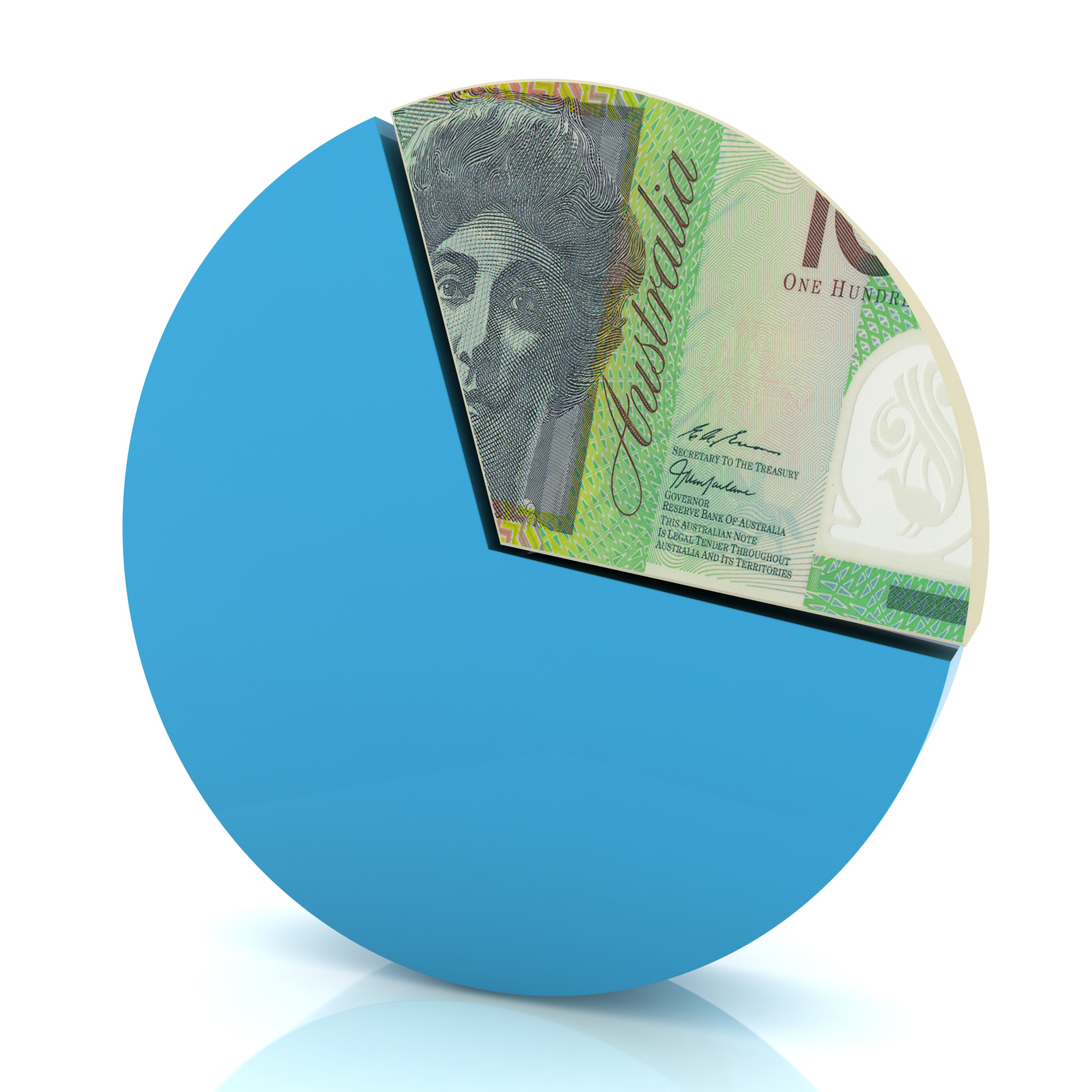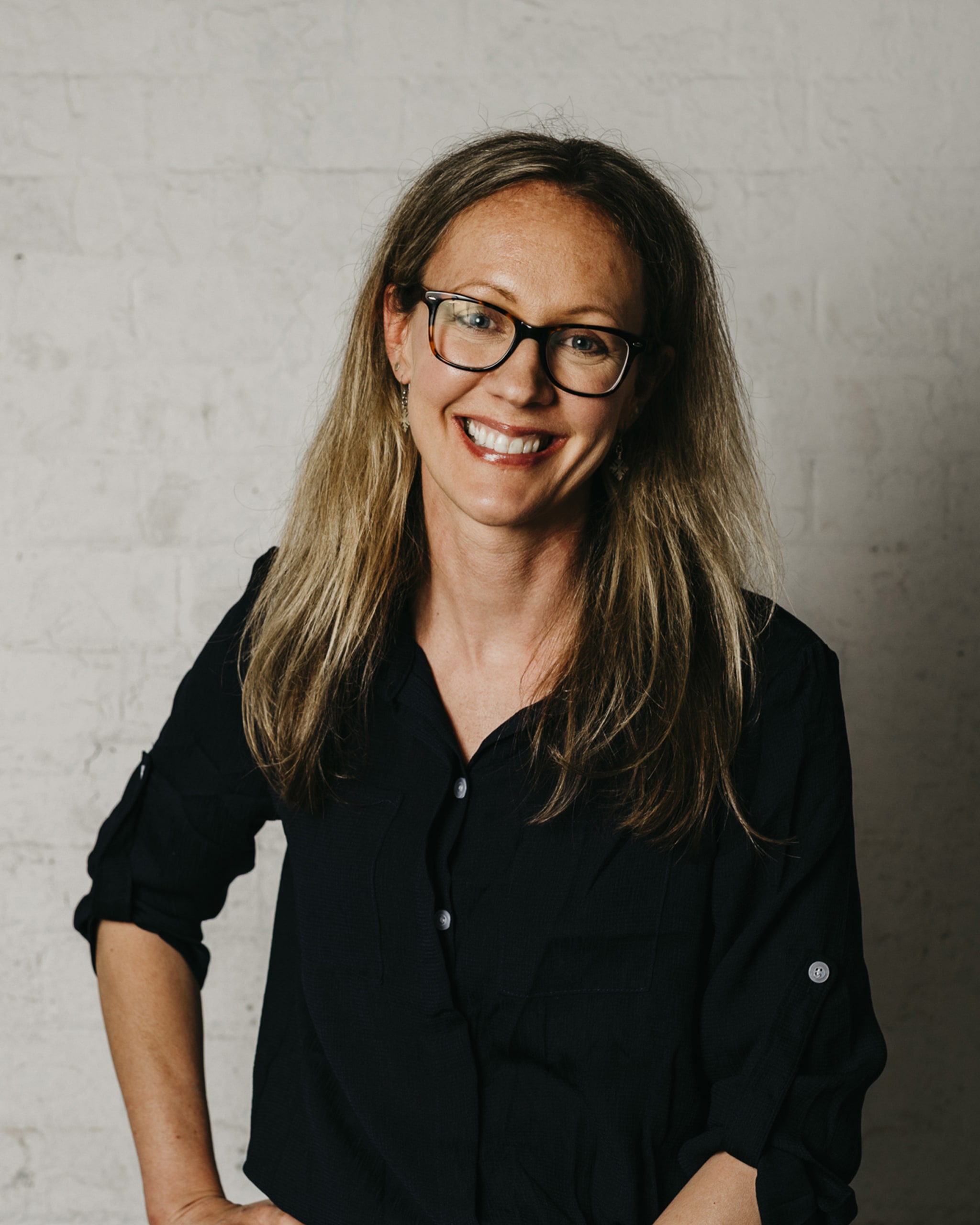You have pre-approval for a home loan. Now what?
Receiving pre-approval for a home loan is an exciting step towards property ownership, but it's also just the beginning of the purchasing journey.
Most pre-approvals are valid for 90 days. Once you've bought a home and your lender completes its valuation on the property, your pre-approval will convert to a formal approval.

So, as you start your shopping adventure, how do you maximise your opportunities in this limited pre-approval phase?
Here are some tips:
1. Don't shop without your pre-approval
If you're planning to bid at auction on a Saturday, don't wait until Thursday to contact your broker; they typically need at least a week to find you the best deal, says Mortgage Choice broker Paul Williams, who serves South Melbourne.
"In a competitive market, you don't want to restrict yourself to lenders that offer quick approvals because they may not have the most competitive rates. Often, lenders with lower rates take a bit longer."
If you don't have a pre-approval and your offer is subject-to-finance, it may simply be ignored, Mr Williams adds.
'Do I need pre-approval'? youtube.com/mortgagechoice
"It's a pretty weak offer because the vendor and the agent would need to take the property off the market while you sort your finance out, which could take 14 days. They'd be pretty reluctant to do that.
"Securing pre-approval can help you negotiate a better purchase price and terms of sale," he says.
"And getting one doesn't cost you a cent."
2. Make sure your pre-approval comes from a human
It's quick and easy to jump online and secure a computer-generated pre-approval, but when it comes to the crunch, it may not fit the bill.
To lenders, not all postcodes and property types are equal. For example, not all banks offer finance for high-rise city apartments, or they may offer a lower loan-to-value ratio (LVR) — the loan percentage of the asset's total value — due to perceived higher risks.

Speaking to a human about your pre-approval can make all the difference when it comes to bespoke service. Picture: Getty
"Computer-generated pre-approvals often don't ask enough questions about where you're buying or the type of property you're buying, and buyers don't always know until they start to look anyway," says Mr Williams.
"With a computer-generated pre-approval, the buyer may send the contract to the bank only to get rejected.
"Human-assessed pre-approvals are much more accurate."
I know we're assuming the buyer already has pre-approval in the context of this story, but I still thought they were points worth making.
3. Understand what your pre-approval figure means
Pre-approval amounts tend to be conservative, based on a higher cash rate than the one set by the RBA at the time. This allows for some wriggle room if rates increase.
'Fixed vs variable interest rate': youtube.com/mortgagechoice
Mr Williams says it can be helpful to have two figures in your head before making an offer or bid: your pre-approval amount, which may have flexibility, and your absolute maximum.
"When you're under pressure from the agent or facing competition from other bidders, it's a highly emotional experience. It's important for buyers to be fully aware of their budget so they can confidently make that bid, or if they're being pushed higher, know their limits.
"We make sure our customers are 100% aware of their maximum borrowing capacity."
4. If you go over your pre-approval limit, don't panic
Buyers go over their pre-approval amounts "all the time", Mr Williams says.
"It's easy to get caught up in the excitement or competitiveness of bidding. One of my clients was pre-approved for $1.4 million but recently purchased for $1.55 million."

Experts say people do not have to be immediately concerned about going over their pre-approval limit when bidding. Picture: Getty
If this pre-approval figure has some flexibility, you'll likely have the capacity to borrow a bit more comfortably, he says.
But if you've surpassed your maximum pre-approval limit, you'll need a back-up plan.
"You'll have to supplement from savings, or money from friends and family."
5. You can switch lenders even after you've purchased
If you've exceeded your pre-approval and your lender won't nudge higher, it's worth shopping around, says Mr Williams.
"As a broker, the goal is to find the best possible lender based on the customer's circumstances. However, customers aren't bound to that lender. Even after purchasing, switching to a lender with greater borrowing capacity is an option."
On the flip side, if you end up spending less than your pre-approval amount, or you buy a different type of property to what you received pre-approval for — such an inner-city apartment instead of a house — it may also be worth reassessing your options.
"Maybe there's a better interest rate or lender for the amount you spent or the property you bought," he adds.
"We can always shop around after the event and move directly to formal approval."
6. Don't shop around too much!
However, Mr Williams cautions against obtaining too many pre-approvals from various lenders as these can appear as enquiries on your credit report and may make you seem risky to lenders.
"It's best not to obtain too many pre-approvals, or keep changing banks for this purpose."
'When do you need a mortgage broker': youtube.com.au
He suggests using a broker instead of approaching multiple banks on your own.
"We'll ask the right questions around what and where you want to buy and typically choose the right lender for you upfront."
7. Don't delay seeking pre-approval for the perfect conditions
While there's no specific right or wrong time to seek pre-approval, a cycle of declining interest rates presents great opportunities for buyers, says Mr Williams.
"A 0.25 basis point reduction in the cash rate — if passed on by banks — could increase borrowing capacity by 3% to 5%, which can be quite meaningful for some buyers. Two to three rate cuts could have an even more profound impact on what people can borrow."
With property prices expected to keep rising due to ongoing demand, a growing population, and the momentum from rate cuts, he advises "it doesn't really make sense to wait".
'How interest rate cuts affect the property market': youtube.com/mortgagechoice
8. Don't rush to buy within 90 days
Since a pre-approval lasts for 90 days, it's best to secure one only when you're truly ready to buy.
Mr Williams says most buyers buy a property before their pre-approval expires. But if you get to 80 days without finding the right place, there's no need to panic, he adds.
"It's easy to extend your pre-approval, you may just need to submit another payslip if your circumstances have changed.
"I've seen people who were either very particular about what they wanted or frequently outbid to extend their pre-approval period three or four times.
"It's easy to do and not worth worrying about."




